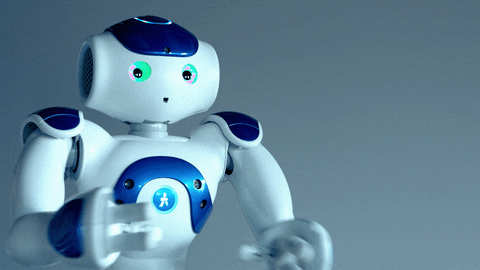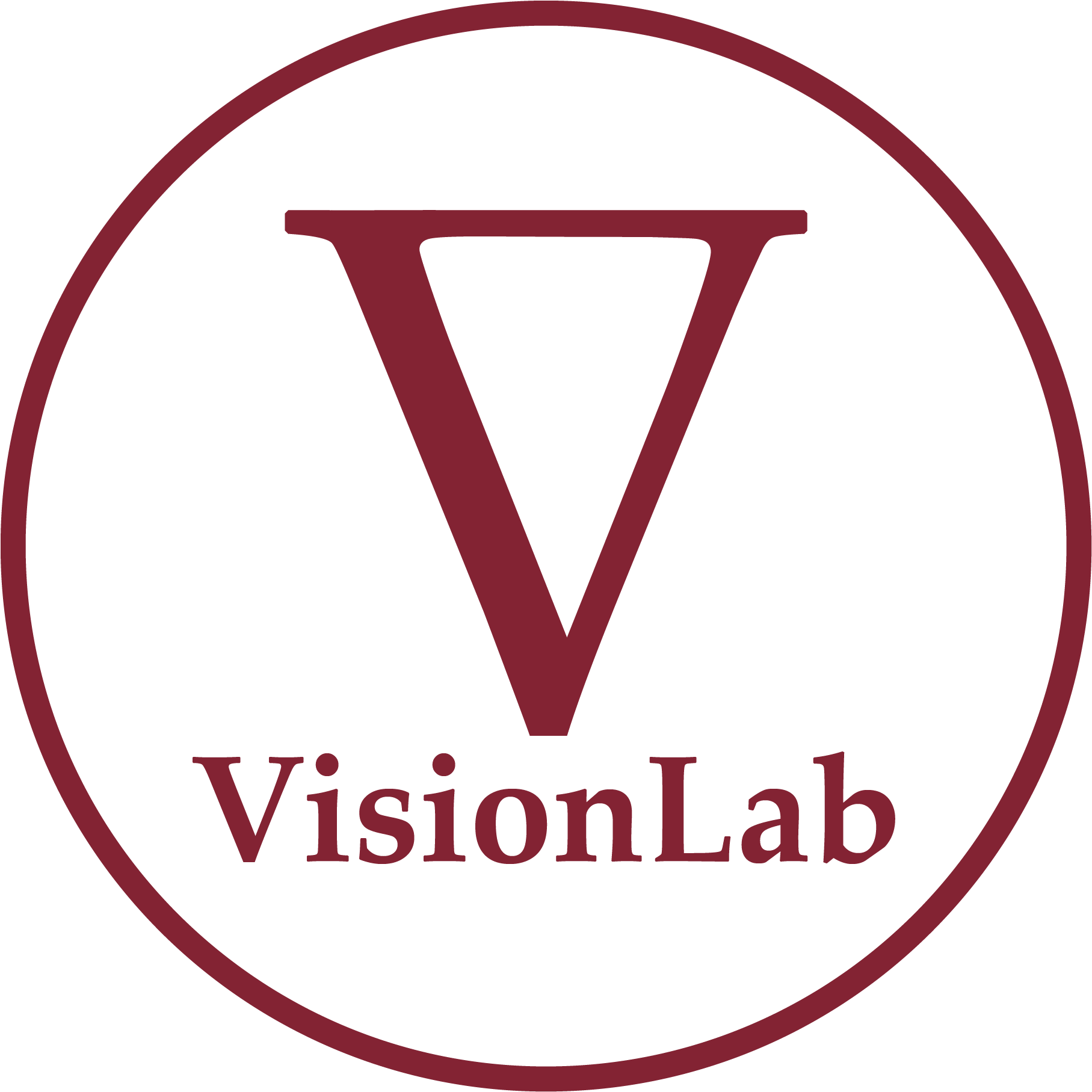
Our research in this field primarily focuses on creating advanced robotic systems that leverage sophisticated computer vision algorithms to perceive their surroundings with high fidelity. These systems are designed to interpret complex visual inputs, allowing them to recognize objects, understand scenes, and navigate spaces autonomously. By integrating these capabilities with innovative human-computer interaction techniques, our robots can engage with humans in collaborative tasks, adapt to individual preferences, and assist in everyday activities, thereby enhancing human productivity and wellbeing.
Key Objectives:
- Autonomous Navigation and Interaction: Develop robots that can independently navigate and operate in diverse environments, from industrial settings to domestic spaces, using real-time visual data for decision making.
- Gesture and Emotion Recognition: Enhance the ability of robots to interpret human gestures and emotional states through advanced vision-based sensors and learning algorithms, enabling more empathetic and effective interactions.
- Collaborative Robotics: Create systems where robots and humans can work together seamlessly, sharing tasks and responsibilities based on situational awareness driven by integrated visual and sensory data.
- Accessibility and Assistive Technologies: Innovate within the sphere of assistive robotics to provide support to individuals with disabilities, utilizing computer vision to tailor interactions and services to the needs of diverse users.
